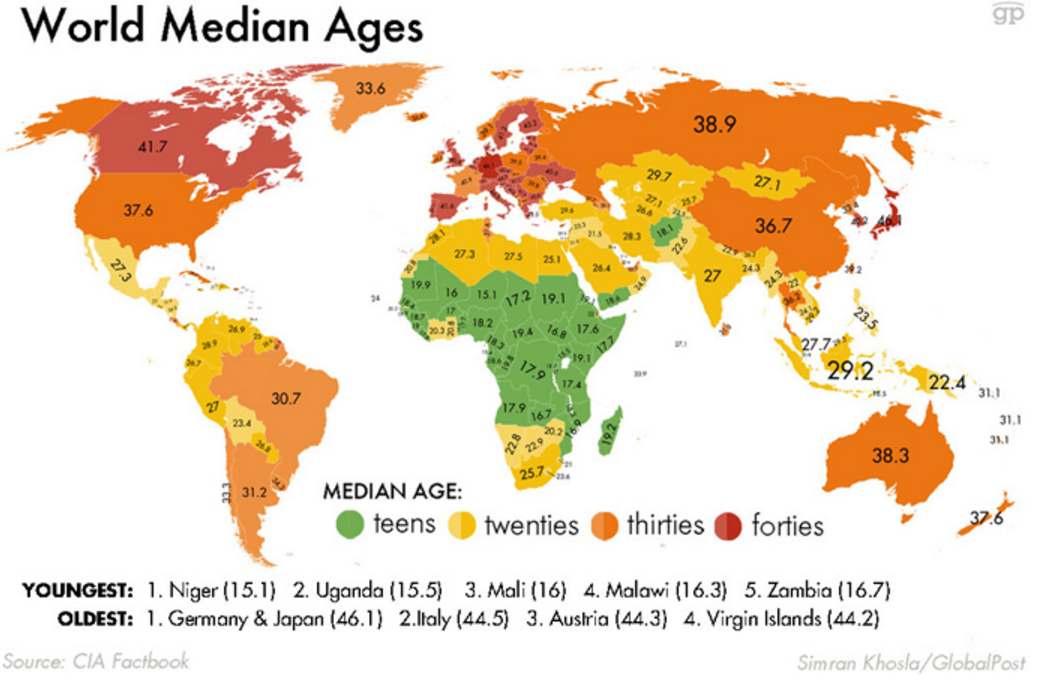"Local Motors will build new plants wherever its customers are located, and each manufactured item will effectively be one of a kind, built to suit the tastes and requirements of individual consumers. Scale is replaced by potential savings from engineering, design, parts, labor, and efficiency in a 3D microfactory. Local Motors describes this approach as making money from scope. In other words, it offers useful, attractive, bespoke products to customers who are within shouting distance of its factories, at a price that matches the distinctive value of the item.Tudo coisas que escrevemos aqui no blogue há anos.
...
After decades of chasing lower production costs and scale by extending factory footprints and supply chains deeper into emerging nations and distributing products around the world in huge quantities over complex logistics networks, manufacturers are finding that their globalized approach is losing its viability. In particular, their centralized management structure, lengthy supply chains, lack of product variety, and long shipping times are impeding regional agility — and, in some cases, placing them at a disadvantage to local competition.
...
The most efficient manufacturing setup is the one that makes goods in appropriate volumes to meet demand at the point of demand, with plenty of room for local and individual customization.
...
Some products will be more personalized than others, but overall the distance separating the manufacturer from its customers will be sharply diminished in favor of improved product quality, rapid market response, smaller factories, minimal lead times, better supply chain coordination, and decentralized management.
...
Suppliers in the business-to- business realm will also be under pressure to improve responsiveness as part of the campaign by their customers — that is, manufacturers — to shorten the value chain and more proactively serve the end consumer.
.
The implications are problematic for some companies: Manufacturers that are today highly invested in a global factory network of multiple large centralized plants, managed by traditional operating systems, organizations, and processes, may find their business models becoming obsolete faster than they ever expected. However, the nimblest manufacturers stand to reap significant gains from this new model.
.
As their supply systems become more responsive and as customer demand becomes less of a guessing game, inventory inefficiencies and the carrying costs of warehousing products in bulk — only to ultimately jettison some of them as dead stock — will decline. In addition, savings will be generated by the reduction in expensive long-range production planning and supply chain management. And for companies able to outpace rivals in producing products that are best suited to customer needs — making these items available when customers want them — sales margins should rise markedly."
Continua.
Trechos retirados de "Manufacturing’s new world order - The rise of the point-of-demand model"












